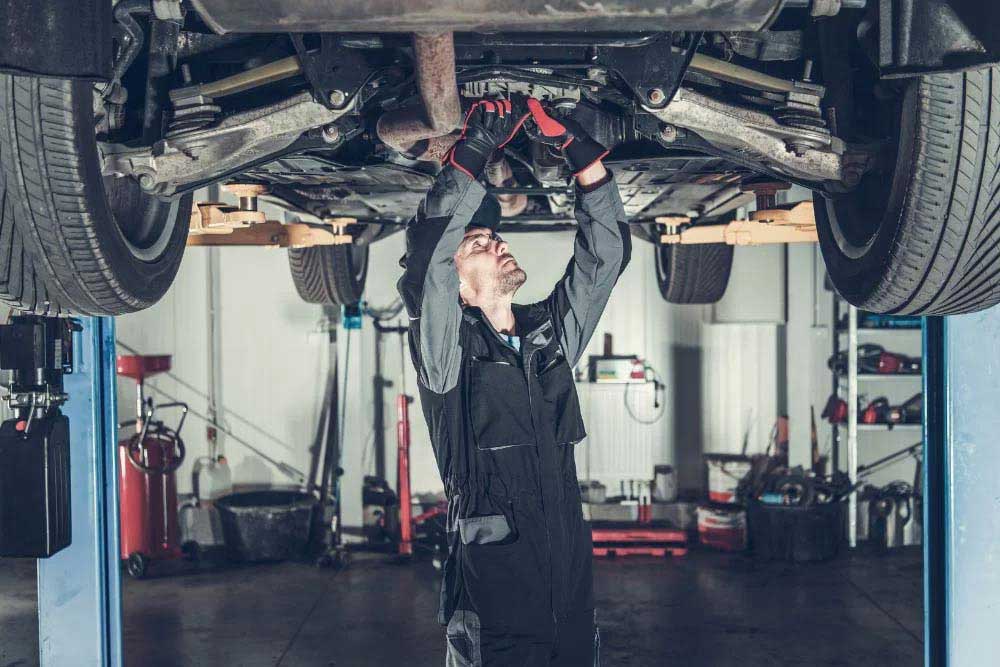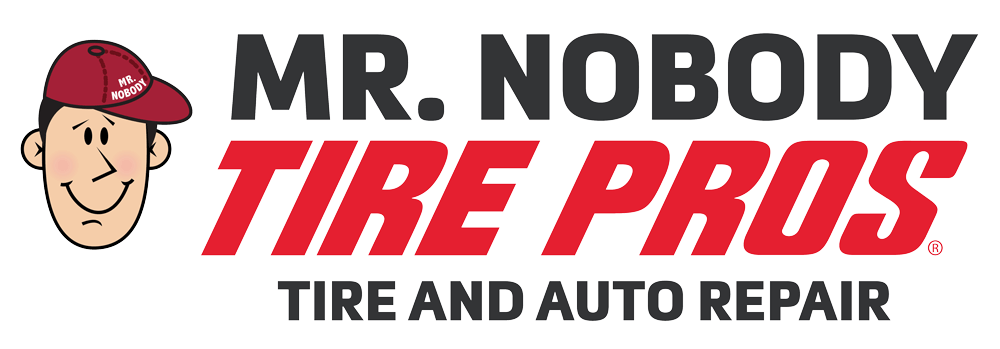Suspension Repair: Everything You Need to Know About Shocks and Struts

The suspension system in your car helps you drive smoothly and absorbs bumps along the way. That is why when there is an issue with your shocks or struts, you might notice several signs like your car bouncing, unevenly wearing out of the tires, or reduced driving stability. As an auto repair customer, here’s everything you need to know about suspension repairs to identify when to take your car to the shop and what to expect.
Shocks and Struts
The shock absorbers are the first defense against anything hitting the wheel. They are designed to absorb sudden up or down motion movement when you drive over bumps or potholes on the road. On the other hand, struts are part of the suspension that helps keep the tires planted on the ground and control the vehicle’s movement.
Signs of Wear and Tear
If your car takes longer to stop, nosedives following a sudden stop, or maintains a bouncy ride, all these could indicate trouble with your strut or shock absorbers. Other signs of wear and tear in your shocks or struts may include vehicle vibration while driving, screeching sounds, or fluid leaking.
Regular Inspections
Regularly check your vehicle’s shocks and struts for excessive wear, even if you don’t notice any of the above signs. Generally, it’s recommended that these components undergo a thorough inspection every 50,000 miles or earlier if your driving conditions are mainly on rough roads. Note that the condition of one shock or strut can affect the other, so you may need to replace them both.
Replacement or Repair
Once your mechanic identifies that you need a strut or shock replacement, they will inspect the entire suspension system to assess if any other worse problems need fixing. A broken shock absorber can expose the spring to damage, which may require more repairs. Regarding cost, the price of struts and shocks varies depending on your car’s make, model, and other components that need repair. Note that some technicians can help you save money by converting the type of shock from electronic to gas shocks.
Your vehicle’s suspension system plays a crucial role in driving comfort, control, and safety on the road. A well-maintained suspension system reduces wear and tear and improves overall vehicle handling. Once the suspension system components, shocks, or struts are worn out, have them checked and replaced by a professional mechanic. Hence, we recommend you inspect your vehicle routinely and consider getting a suspension check during every oil change or scheduled maintenance for peace of mind. With these tips, your vehicle suspension system will be in perfect working condition.
